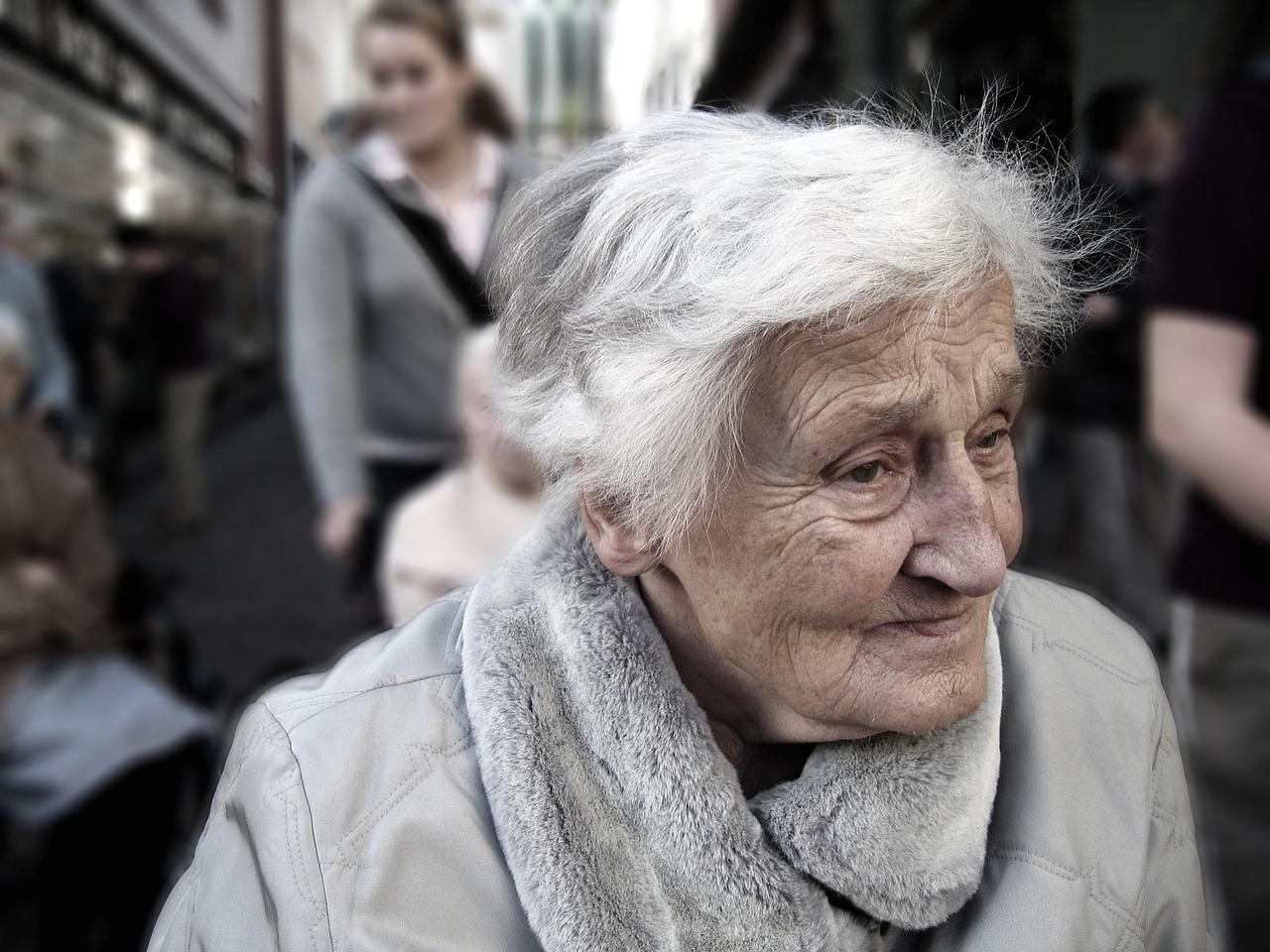Comprehensive guide to Parkinson's disease, including symptoms, treatment options, and strategies for managing movement disorders.
What is Parkinson's Disease?
Parkinson's disease is a progressive neurological disorder that affects movement, caused by the loss of dopamine-producing cells in the brain. It's characterized by motor symptoms like tremors, stiffness, and balance problems.
Key Facts About Parkinson's Disease
- Affects over 1 million people in the United States
- Most commonly diagnosed after age 60
- Men are 1.5 times more likely to develop Parkinson's
- Progressive condition with no cure
Symptoms of Parkinson's Disease
Motor Symptoms
- Tremors (shaking, especially at rest)
- Bradykinesia (slowness of movement)
- Rigidity (muscle stiffness)
- Postural instability (balance problems)
- Freezing of gait
- Reduced arm swing when walking
- Micrographia (small handwriting)
Non-Motor Symptoms
- Depression and anxiety
- Sleep disturbances
- Cognitive changes
- Loss of smell (anosmia)
- Constipation
- Urinary problems
- Fatigue
- Pain
Early Warning Signs
- Small handwriting
- Loss of smell
- Trouble sleeping
- Trouble moving or walking
- Constipation
- Soft or low voice
- Masked face (reduced facial expression)
- Dizziness or fainting
- Stooping or hunching over
Causes and Risk Factors
Potential Causes
- Loss of dopamine-producing cells
- Genetic factors
- Environmental toxins
- Head injuries
- Inflammation in the brain
Risk Factors
- Age (risk increases with age)
- Gender (men at higher risk)
- Family history
- Genetic mutations
- Exposure to pesticides
- Head injuries
- Rural living
- Well water consumption
Diagnosis
Medical History and Physical Exam
- Detailed symptom history
- Family history assessment
- Neurological examination
- Movement assessment
Diagnostic Tests
- DaTscan (dopamine transporter scan)
- Blood tests (to rule out other conditions)
- Brain imaging (MRI, CT)
- Response to levodopa medication
- Genetic testing (in some cases)
Treatment Options
Medications
Levodopa/Carbidopa
- Most effective treatment for motor symptoms
- Converted to dopamine in the brain
- Can cause side effects with long-term use
- May cause dyskinesias (involuntary movements)
Dopamine Agonists
- Mimic dopamine in the brain
- Pramipexole, ropinirole, rotigotine
- May cause impulse control disorders
- Can be used alone or with levodopa
Other Medications
- MAO-B inhibitors (selegiline, rasagiline)
- COMT inhibitors (entacapone, tolcapone)
- Anticholinergics (for tremors)
- Amantadine (for dyskinesias)
Surgical Treatments
Deep Brain Stimulation (DBS)
- Surgical implantation of electrodes
- Electrical stimulation of brain areas
- Effective for motor symptoms
- Not suitable for everyone
Other Surgical Options
- Lesioning procedures
- Focused ultrasound
- Stem cell therapy (experimental)
Lifestyle Management
Exercise and Physical Therapy
- Regular aerobic exercise
- Strength training
- Balance and coordination exercises
- Tai chi and yoga
- Dance therapy
- Boxing for Parkinson's
Diet and Nutrition
- Balanced, nutrient-rich diet
- High-fiber foods for constipation
- Adequate hydration
- Protein timing (may affect medication absorption)
- Antioxidant-rich foods
- Limit processed foods
Sleep Management
- Maintain regular sleep schedule
- Create comfortable sleep environment
- Avoid caffeine and alcohol before bed
- Address sleep disorders
- Consider sleep medications if needed
Managing Specific Symptoms
Tremors
- Medications (anticholinergics, beta-blockers)
- Stress reduction techniques
- Weighted utensils and tools
- Occupational therapy
- Deep brain stimulation
Balance and Falls
- Balance training exercises
- Assistive devices (canes, walkers)
- Home safety modifications
- Proper footwear
- Fall prevention strategies
Speech and Swallowing
- Speech therapy
- Voice exercises
- Swallowing therapy
- Diet modifications
- Communication devices
Mental Health and Cognitive Care
Depression and Anxiety
- Antidepressant medications
- Counseling and therapy
- Support groups
- Regular social interaction
- Stress management techniques
Cognitive Changes
- Mental stimulation activities
- Memory training exercises
- Cognitive rehabilitation
- Medications for cognitive symptoms
- Support for family and caregivers
Living with Parkinson's
Daily Life Adaptations
- Simplify daily tasks
- Use assistive devices
- Modify home environment
- Plan activities around medication schedule
- Maintain social connections
Work and Career
- Discuss accommodations with employer
- Consider flexible work arrangements
- Use assistive technology
- Plan for career transitions
- Know your rights under ADA
Driving and Transportation
- Regular driving assessments
- Consider alternative transportation
- Plan routes carefully
- Drive during "on" periods
- Know when to stop driving
Support and Resources
Healthcare Team
- Neurologist (movement disorder specialist)
- Primary care physician
- Physical therapist
- Occupational therapist
- Speech therapist
- Mental health professional
Support Organizations
- Parkinson's Foundation
- American Parkinson Disease Association
- Local support groups
- Online communities
- Caregiver support programs
When to Seek Medical Attention
Contact your healthcare provider if you experience:
- New or worsening symptoms
- Medication side effects
Research and Future Treatments
Ongoing research is exploring:
- New medications and treatments
- Stem cell therapy
- Gene therapy
- Immunotherapy
- Prevention strategies
- Biomarker development
Conclusion
Parkinson's disease is a complex condition that affects many aspects of life, but with proper treatment and support, people with Parkinson's can maintain good quality of life for many years. Early diagnosis and treatment are crucial for managing symptoms effectively.
Remember that Parkinson's affects everyone differently, and treatment should be personalized to your specific needs and symptoms. Work closely with your healthcare team to develop a comprehensive management plan.
Stay informed about new treatments and research, but also focus on what you can control: taking your medications as prescribed, maintaining a healthy lifestyle, staying active, and building a strong support network.
